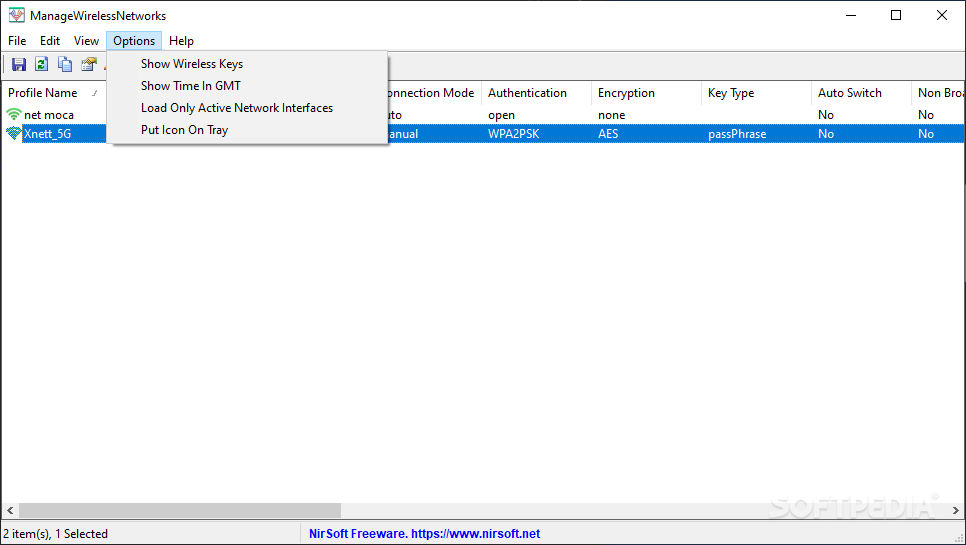

Reports (for user, device, branch, network maps or entire atlas) Notifications (on desktop, by e-mail, by SMS) and repair actions (program launch, computer restart, etc.) SNMP v1/2/3 counters: network traffic, temperature, humidity, power supply voltage, toner level, etc.Įvent/action alarms for network monitoring and SNMP and WMI counters

WMI counters: CPU load, memory usage, disk usage, network traffic, etc. TCP/IP services: response time and correctness, packets received/lost statistics (PING, SMB, HTTP, POP3, SNMP, IMAP, SQL, etc.) NVision Server: network scanning, detection of devices and TCP/IP services, web access with browser Solved a minor problem that caused flags to be slightly misaligned in inspect page table Various issues have been fixed by the refined packaging strategy ( #199, #220, #223, #224, #225, #242 ) Minor improvements to packets and bytes number format Updated docs including installation instruction for Arch Linux ( #185 ) Improved filter columns relative width to avoid the "Application protocol" label being cut when displayed in Swedishįooter URLs have been updated to include links to Sniffnet's official website and GitHub Sponsor page Renamed "Administrative entity" to "Autonomous System name" to avoid confusion Updated most of the existing translations to v1.2: For managing wired LAN connections, you best look elsewhere.Considerably refined the app packaging strategy, introducing support for more architectures and other advancements (see #246 for additional details)Īdded button to clear all the current search filters quickly in inspect page One thing to note, though, is that as its name suggests, ManageWirelessNetworks is a tool that is meant for wireless connections.

You can even set the number of allowed connections for a particular profile and set a password for it.Īnother thing is that if you want, you can opt to duplicate a specific profile, and copy it to another wireless card on a different machine so you won't have to manually set it up again. From there, you can start making changes, such as renaming profiles and SSIDs or switch modes for authentication and encryption modes. Alternatively, the same choices can be accessed by a right-click to bring up its menu. To start managing them, select one, and various options will appear at the top bar. The main windows will display all saved wireless network profiles together with various information about them, including its SSID, Authentication types, and Encryption protocol. The UI is simple and melds well with Windows' overall look and feel. Simply run the executable file(.exe) that it comes with to start using it right away. What can I do with ManageWirelessNetworks?įirst and foremost, ManageWirelessNetworks is a portable program that does not require any installation or additional files or software in order to work.


 0 kommentar(er)
0 kommentar(er)
